Audi reveals its new design strategy at its Concept Design Studio in Munich
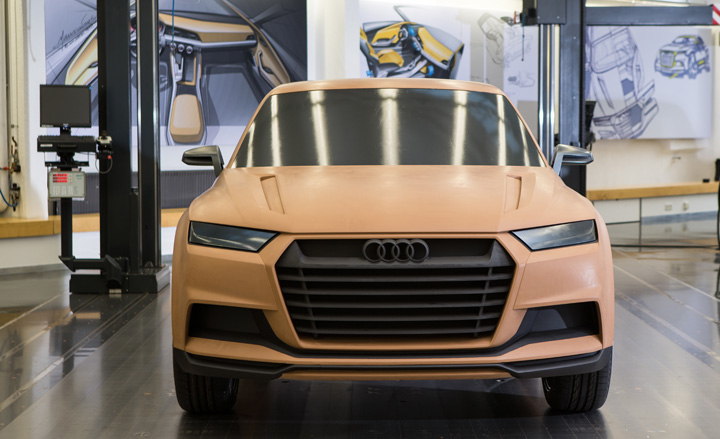
The Audi Concept Design Studio is a curious place. Small and unassuming, almost hidden away in a quiet residential district in Munich, it is altogether more relaxed than the HQ in Ingolstadt, where a larger team prepares cars for production. Like an artist's atelier or an inventor's workshop, the studio is the creative hub where a modest team of designers sketch away at Audis of the future.
'The Munich idea foundry is like a satellite that provokes and thus stimulates the potential for innovation,' says studio head Steve Lewis, as he guides us through a large, open-plan area for designing concept cars and a vast room for modelling clay.
This is the first time outsiders have been allowed access to this hidden spot; until recently, there wasn't even an Audi badge on the gate to identify it. The space has been 'tidied' in preparation for the visit - car companies are extremely private about their future projects.
What Audi is keen to reveal is the latest Crosslane Coupé concept car, and its relevance to the marque's future. First displayed a few of months ago at the Mondial de l'Automobile in Paris, the 'study car' not only sets the tone for future Q-family models, it embodies a new phase for all-round Audi design.
First and foremost, the company is keen to make greater design differentiation between its A, R and Q models, This will eliminate the danger of creating identikit cars, the sort of thing larger companies have been criticised for by a customer base with increasing visually literacy.
Then there's a desire to show off more of the technical aspects of each design - almost revealing what lies beneath the surface - and to have a more cohesive feel between the exterior and interior of a car.
The Crosslane manifests all this. At its heart is a pioneering 'multimaterial' space frame, a structure that combines carbon-fibre, aluminium and other metals for exceptional lightness and strength. Such composite components weren't technically feasible a few years ago, and Audi has made great strides in bringing new materials and processes to market.
The space frame is made visible at various points around the show car: in the single-frame grille; through intakes in the engine hood; at the sills when opening the door; at the A-pillar; and as a load-bearing element in a functional carbon strip in the cockpit. A production car might not strip off quite so explicitly, but head designer Wolfgang Egger believes that automotive design is ready for a change. 'We need something new without breaking with tradition,' he says. Hence placing a greater emphasis on the creative process to find ways of showing off new technology like the space frame.
For instance, headlamps will become more graphic and technical like the Crosslane's, with its sober front end, almost the antithesis of the current trend to build cars with elaborate 'facial expressions'. Says Egger: 'It's the Bauhaus thinking: a reduction of elements.'
What will characterise the next generation of Q SUVs is a three-dimensional single-frame sculptural grille, which will give them a powerful, robust presence similar to the Crosslane's.
The concept is also a good example of how Audi will integrate its interiors and exteriors seamlessly, making it easier to distinguish models by their interiors. Karl-Heinz Rothfuss, Audi's head of interiors, explains that on the Crosslane 'the cabin opens in the direction of travel and continues as an unbroken line in the engine hood'. Clean surfaces and fewer control elements streamline the driving experience. 'Our refined strategy at Audi design emphasises clarity and a focus on the essentials,' says Egger.
The new approach to creativity aligns the three segments of automotive design - interior, exterior, and colour and trim - much more closely. It's the happy consequence of Audi's next generation of designers working so closely together behind these nondescript gates in Munich,
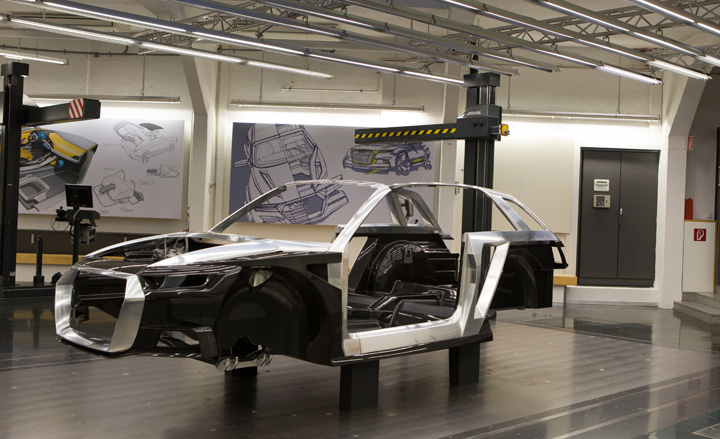
The Crosslane space frame, which combines carbon-fibre, aluminium and other metals for exceptional lightness and strength
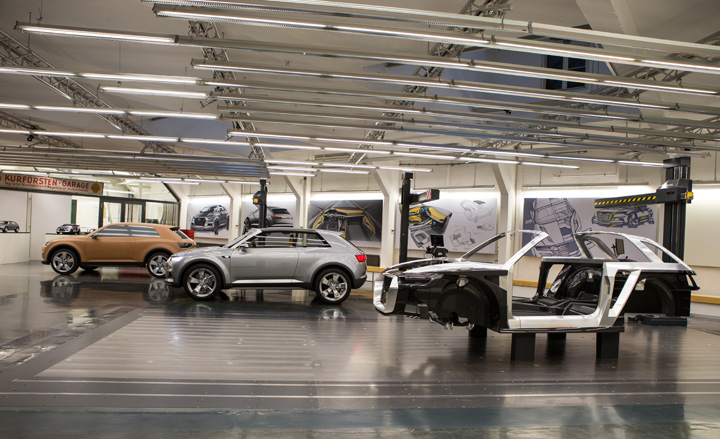
The space frame is made visible at various points around the show car
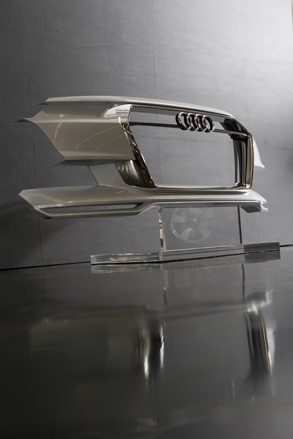
The Crosslane's single-frame grille
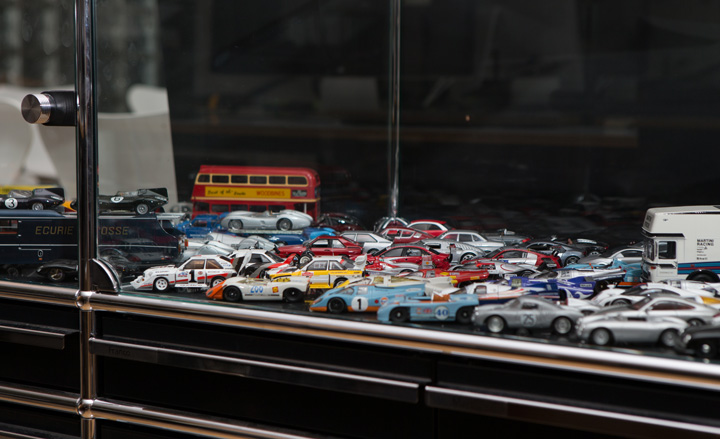
Inspiration at the Audi Concept Design Studio
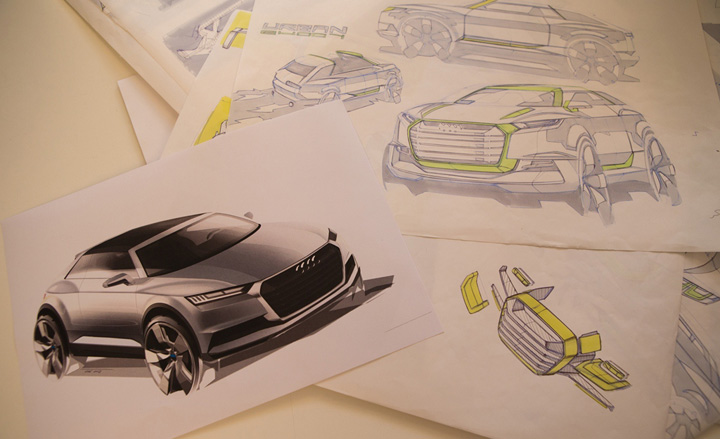
Design sketches
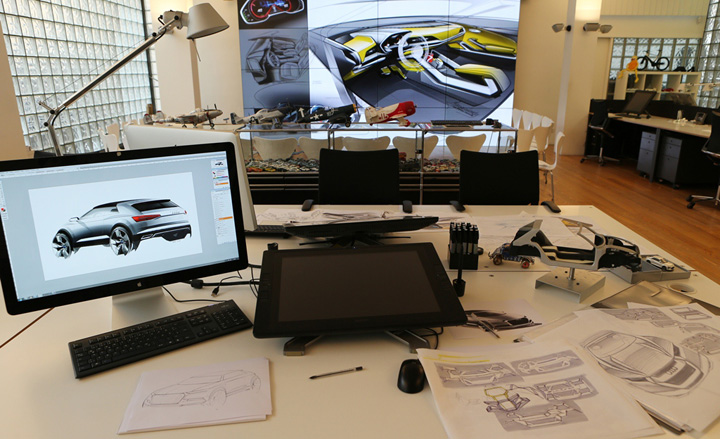
The Concept Design Studio is like an artist's atelier or inventor's workshop
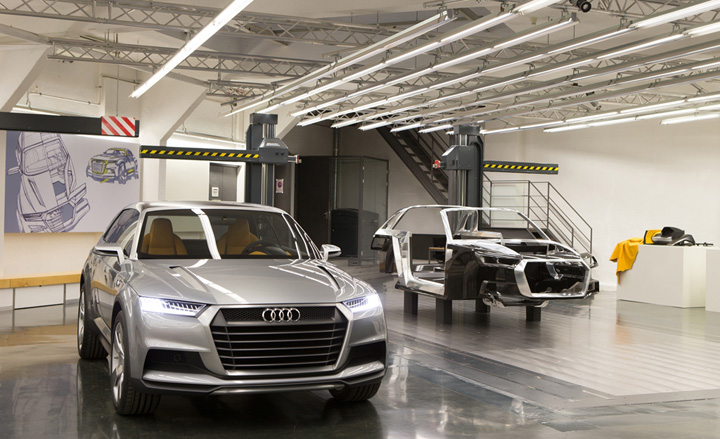
Fruits of the design labour, on display
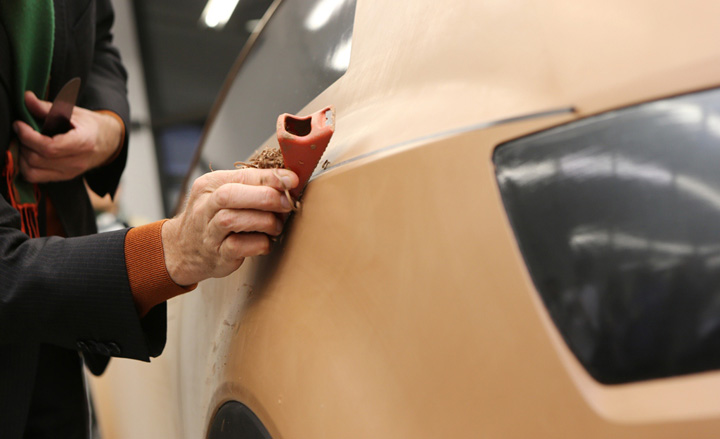
Perfecting a clay model of the Crosslane Coupé
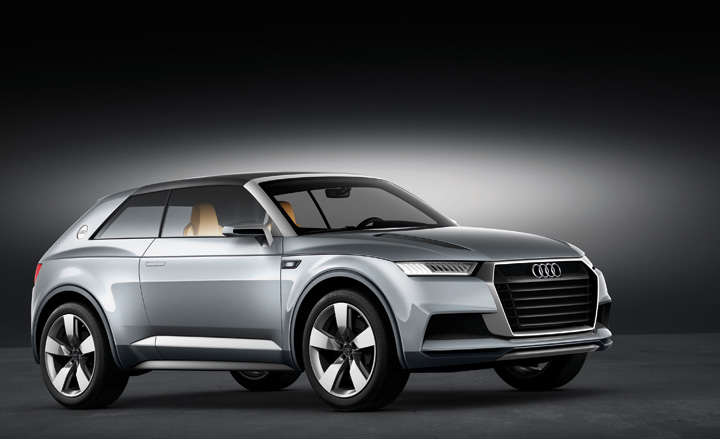
Audi hopes to show off more of the technical aspects of each design in future - almost revealing what lies beneath the surface...
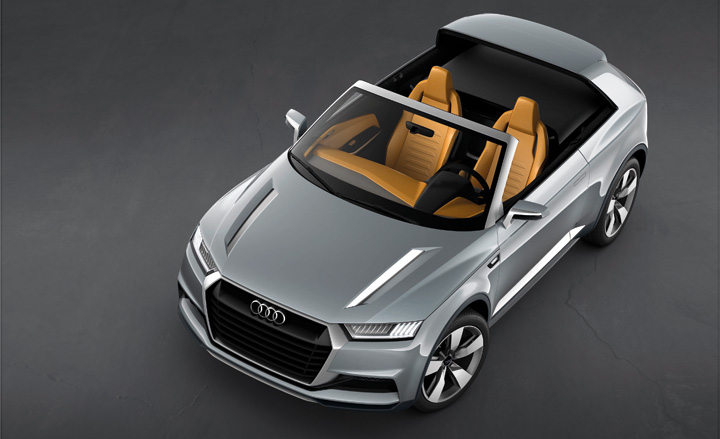
... and to have a more cohesive feel between the exterior and interior of a car
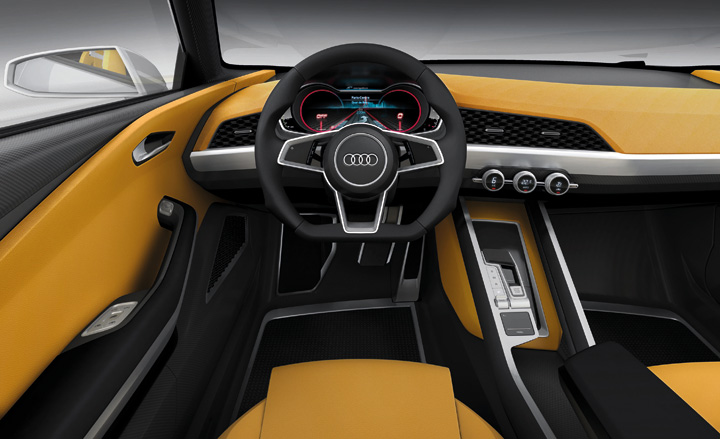
Audi will integrate its interiors and exteriors seamlessly, making it easier to distinguish models by their interiors
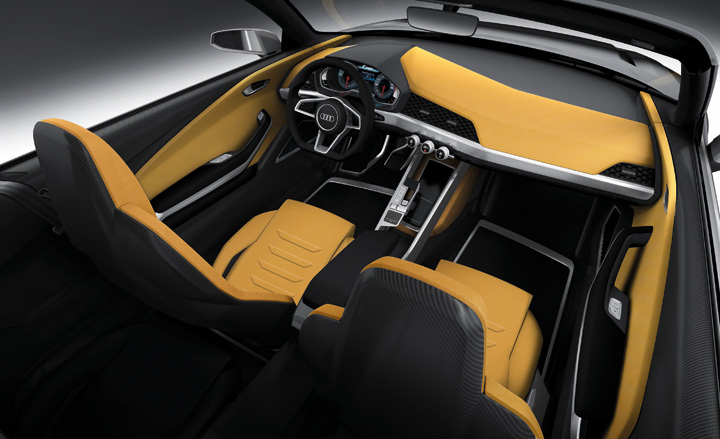
Clean surfaces and fewer control elements streamline the driving experience
Wallpaper* Newsletter
Receive our daily digest of inspiration, escapism and design stories from around the world direct to your inbox.
A writer and editor based in London, Nargess contributes to various international publications on all aspects of culture. She is editorial director on Voices, a US publication on wine, and has authored a few lifestyle books, including The Life Negroni.
-
 Warp Records announces its first event in over a decade at the Barbican
Warp Records announces its first event in over a decade at the Barbican‘A Warp Happening,' landing 14 June, is guaranteed to be an epic day out
By Tianna Williams
-
 Cure your ‘beauty burnout’ with Kindred Black’s artisanal glassware
Cure your ‘beauty burnout’ with Kindred Black’s artisanal glasswareDoes a cure for ‘beauty burnout’ lie in bespoke design? The founders of Kindred Black think so. Here, they talk Wallpaper* through the brand’s latest made-to-order venture
By India Birgitta Jarvis
-
 The UK AIDS Memorial Quilt will be shown at Tate Modern
The UK AIDS Memorial Quilt will be shown at Tate ModernThe 42-panel quilt, which commemorates those affected by HIV and AIDS, will be displayed in Tate Modern’s Turbine Hall in June 2025
By Anna Solomon
-
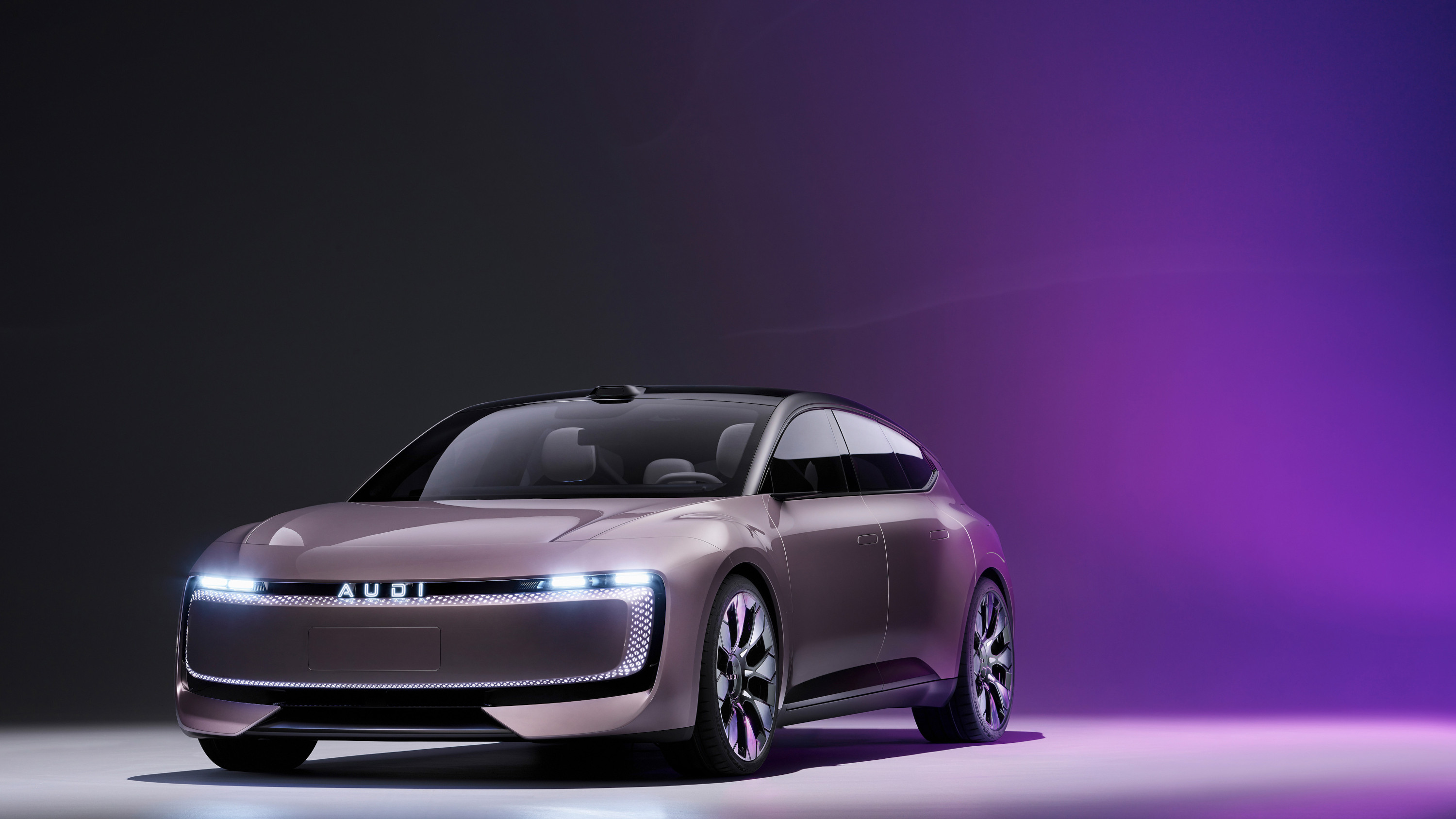 Audi launches AUDI, a China-only sub-brand, with a handsome new EV concept
Audi launches AUDI, a China-only sub-brand, with a handsome new EV conceptThe AUDI E previews a new range of China-specific electric vehicles from the German carmaker’s new local sub-brand
By Jonathan Bell
-
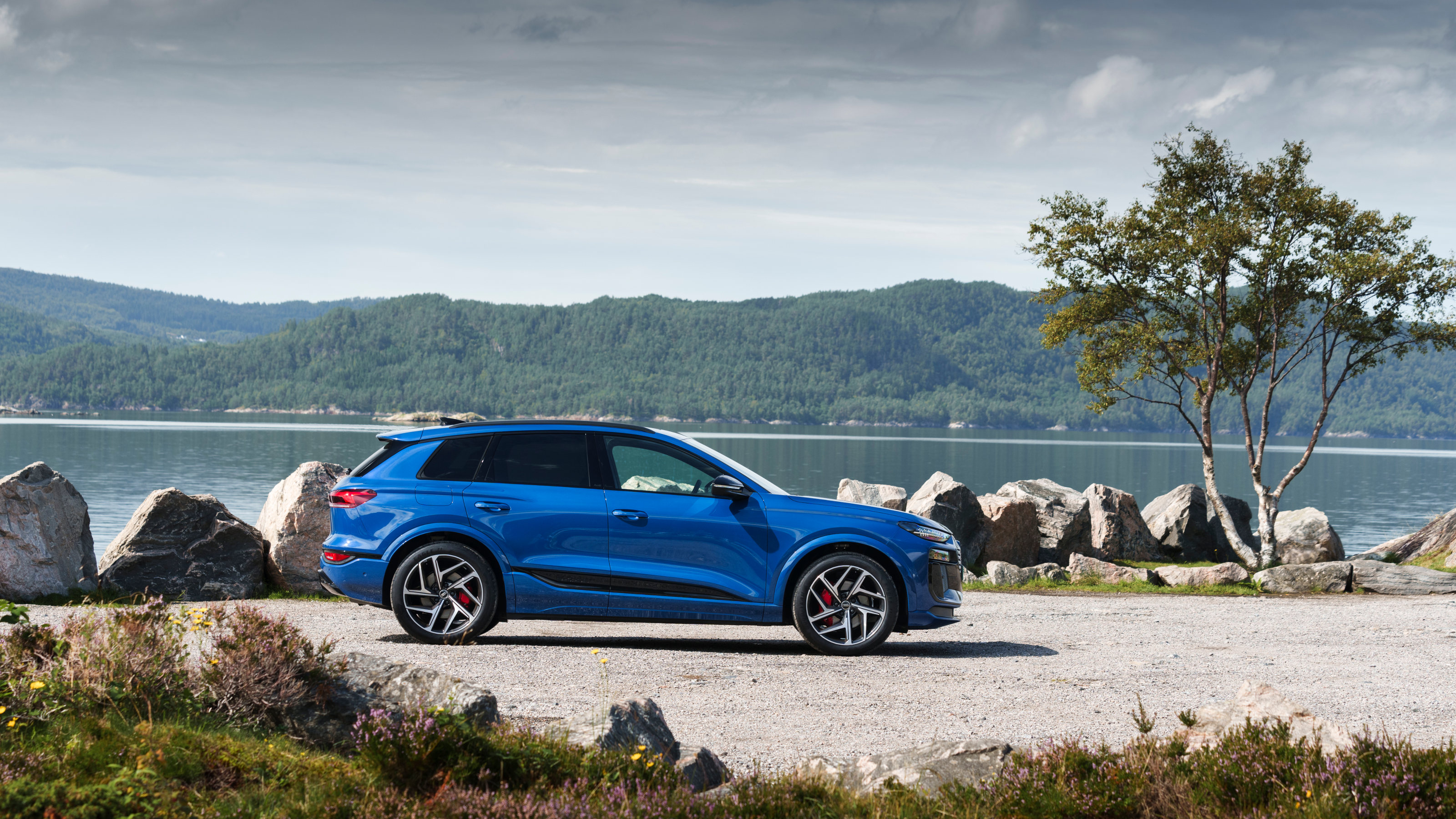 We take Audi’s new Q6 e-tron quattro around and across the fjords of Norway
We take Audi’s new Q6 e-tron quattro around and across the fjords of NorwayThe new Audi Q6 e-tron quattro is a pure EV that marks a new design direction for the German brand, setting new tech standards along the way. Transportation Editor, Jonathan Bell, takes it for a drive
By Jonathan Bell
-
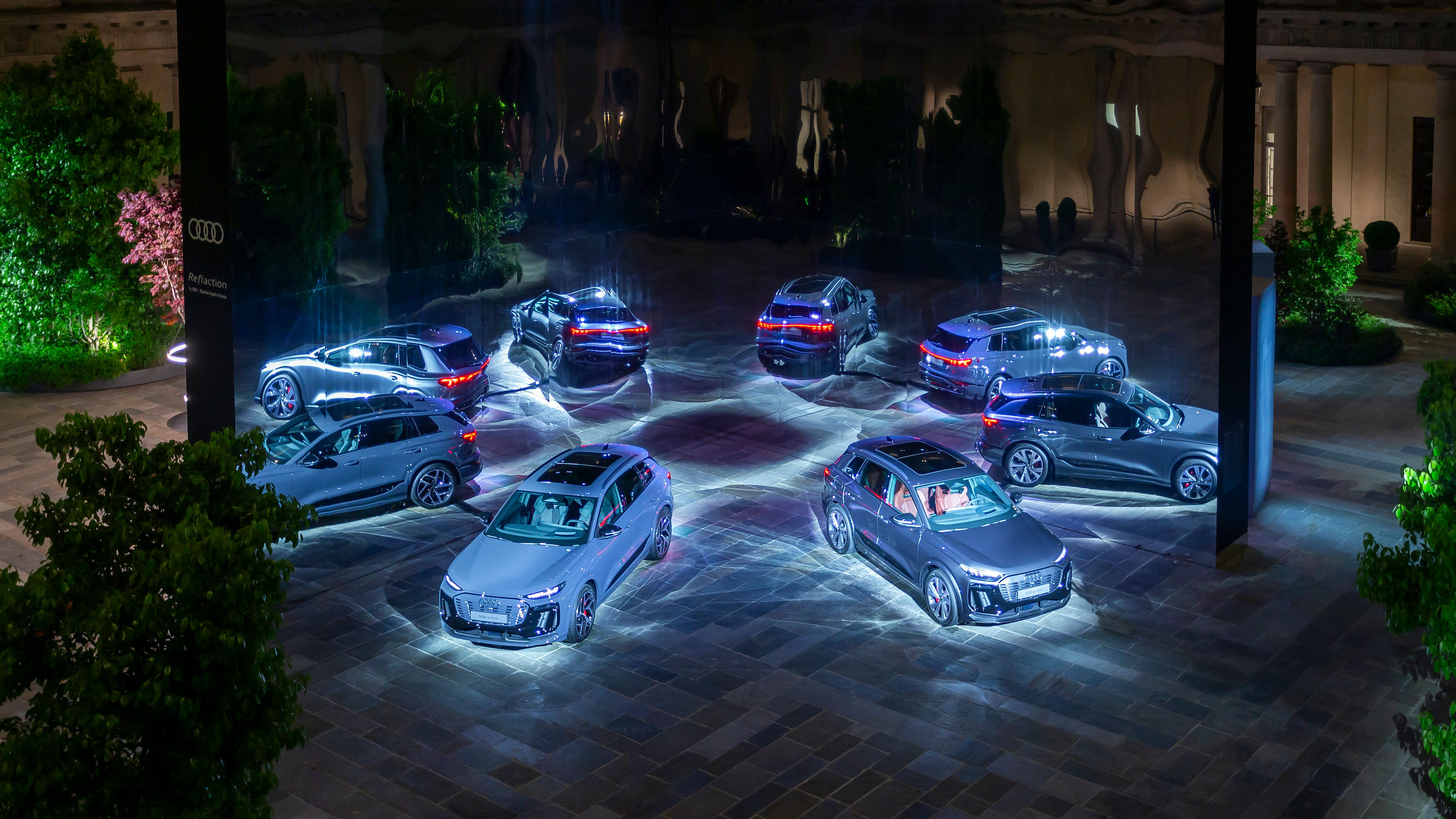 A deep dive into the new Audi Q6 e-tron, revealed at Milan Design Week 2024
A deep dive into the new Audi Q6 e-tron, revealed at Milan Design Week 2024The Audi Q6 e-tron is the brand's latest all-electric car, a stylish powerhouse launched at Audi’s House of Progress in Milan
By Shawn Adams
-
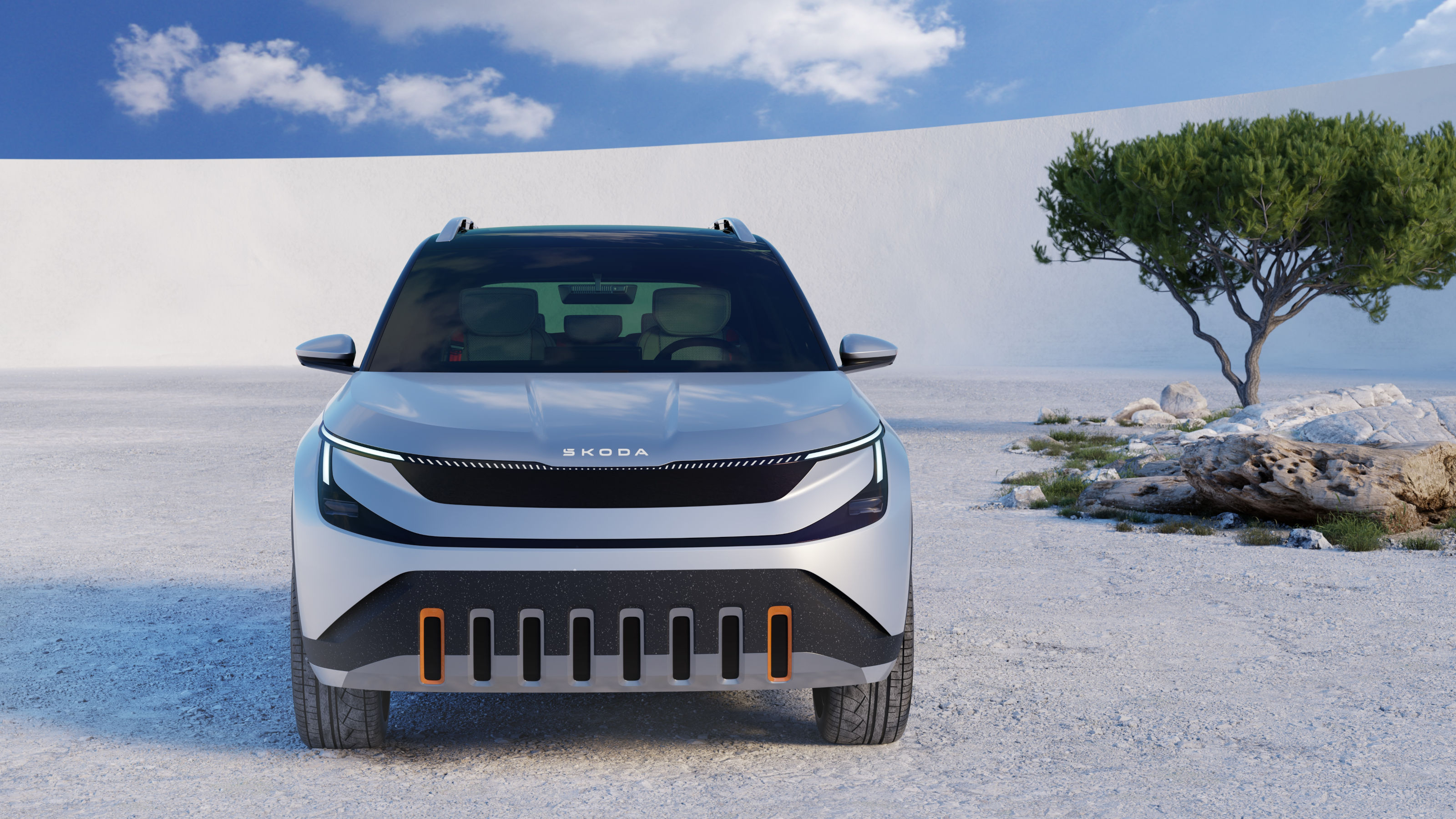 Coming soon: a curated collection of all the new EVs and hybrids that matter
Coming soon: a curated collection of all the new EVs and hybrids that matterWe've rounded up new and updated offerings from Audi, Porsche, Ineos, Mini and more to keep tabs on the shifting sands of the mainstream car market
By Jonathan Bell
-
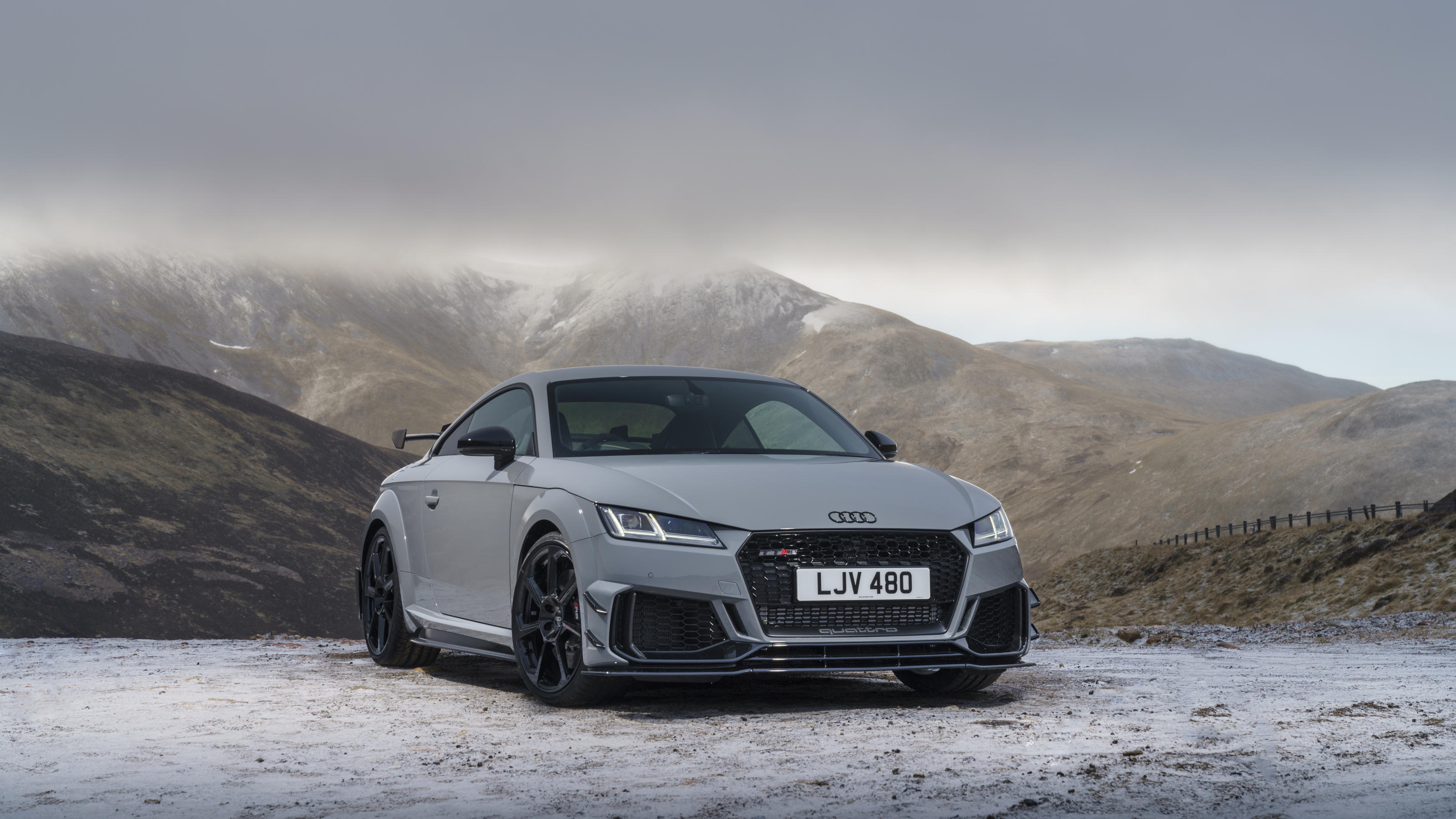 Farewell to the Audi TT, a design icon that evolved with the automotive landscape
Farewell to the Audi TT, a design icon that evolved with the automotive landscapeFor over 25 years, the Audi TT has been synonymous with the brand, a modern machine that initially favoured style over sport. The final editions are very different beasts to the original
By Jonathan Bell
-
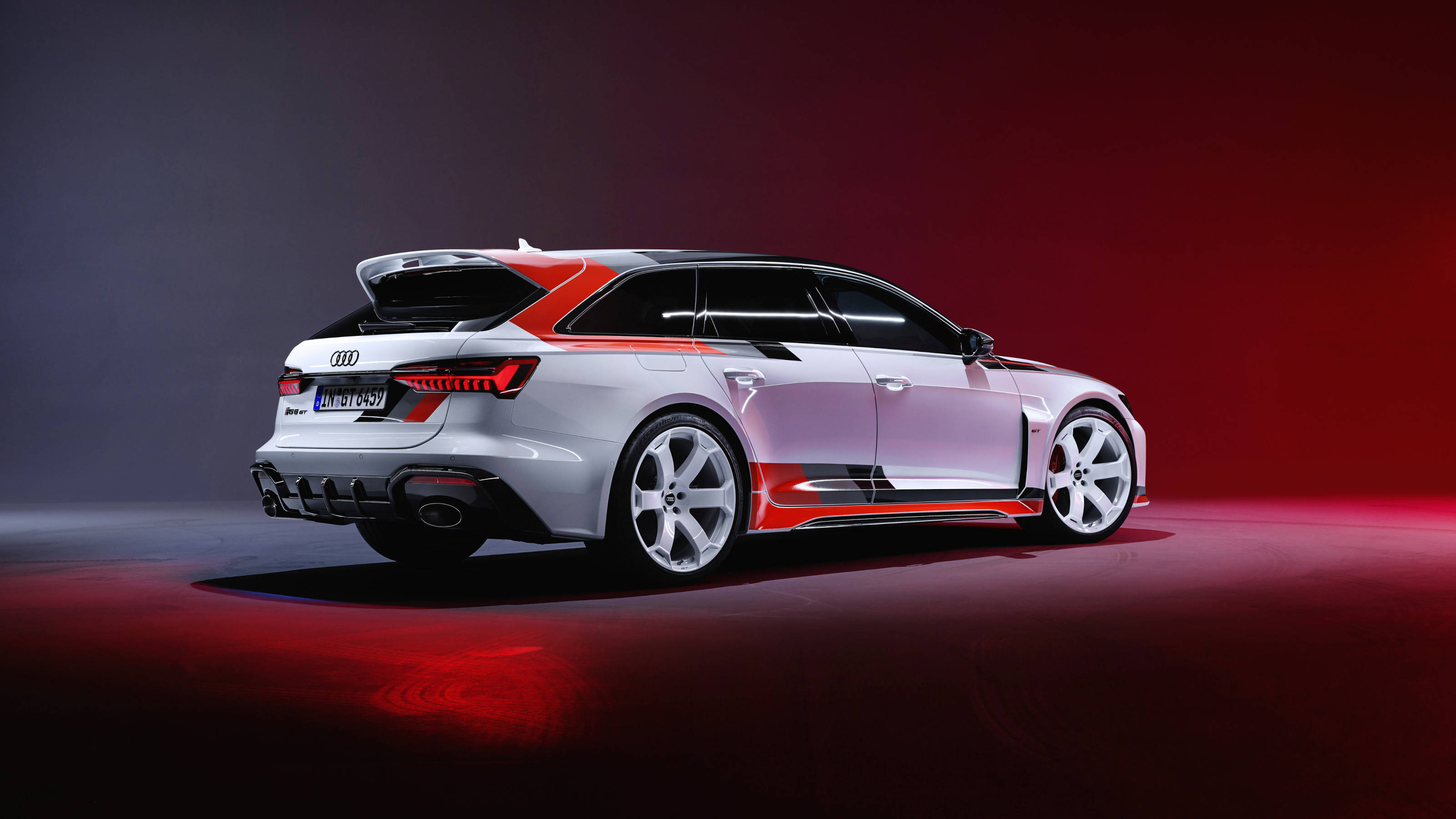 Audi RS6 Avant GT is an estate car that thinks it belongs on the track
Audi RS6 Avant GT is an estate car that thinks it belongs on the trackWith the Audi RS6 Avant GT limited-edition supercar, Audi Sport has gone all-out to create the ultimate hyper-estate
By Jonathan Bell
-
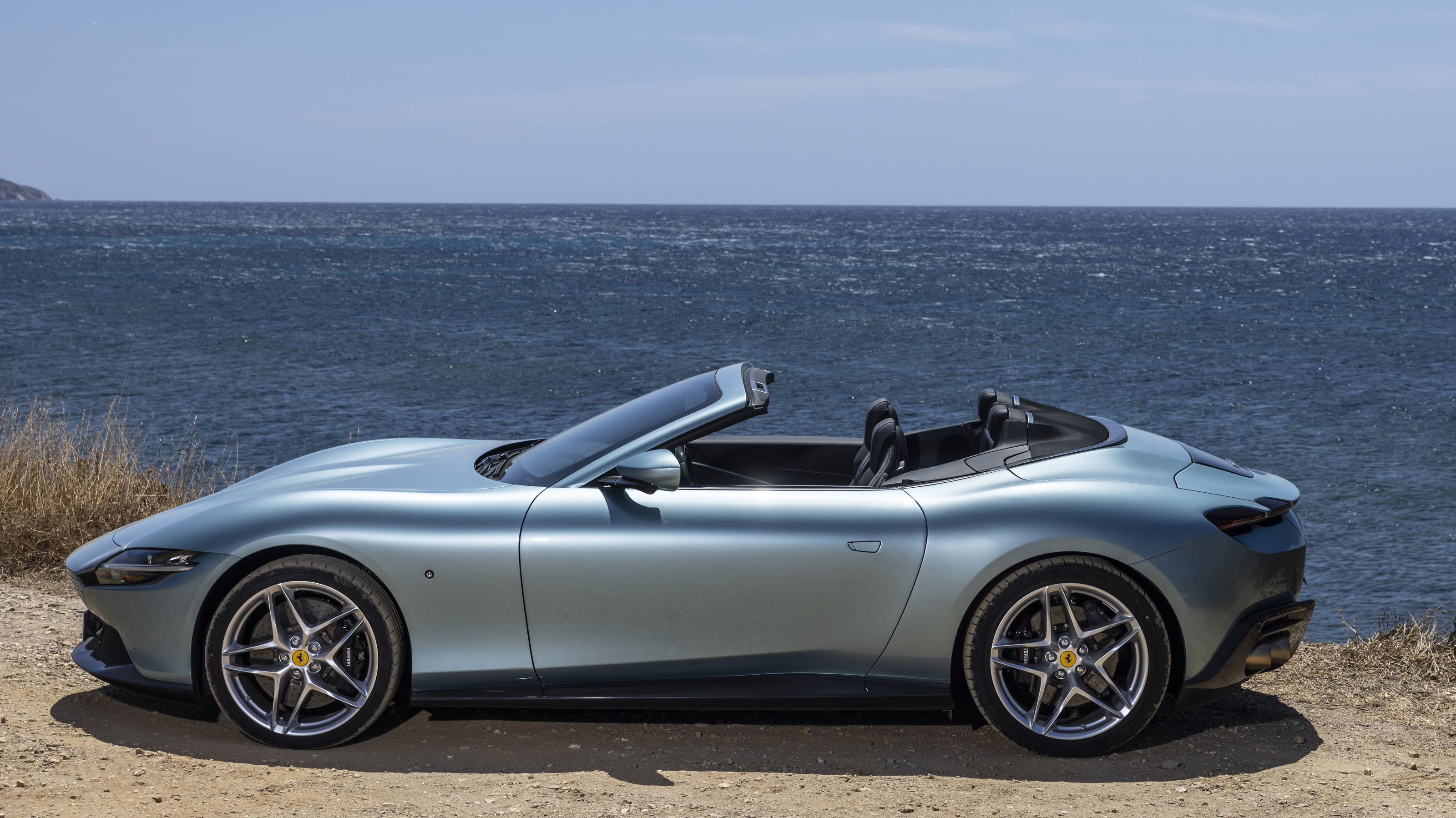 Year in review: the top 10 cars of 2023, as selected by Wallpaper’s Jonathan Bell
Year in review: the top 10 cars of 2023, as selected by Wallpaper’s Jonathan BellWhat were the best four-wheeled offerings of 2023? Transport editor Jonathan Bell takes us through the year’s most intriguing automobiles
By Jonathan Bell
-
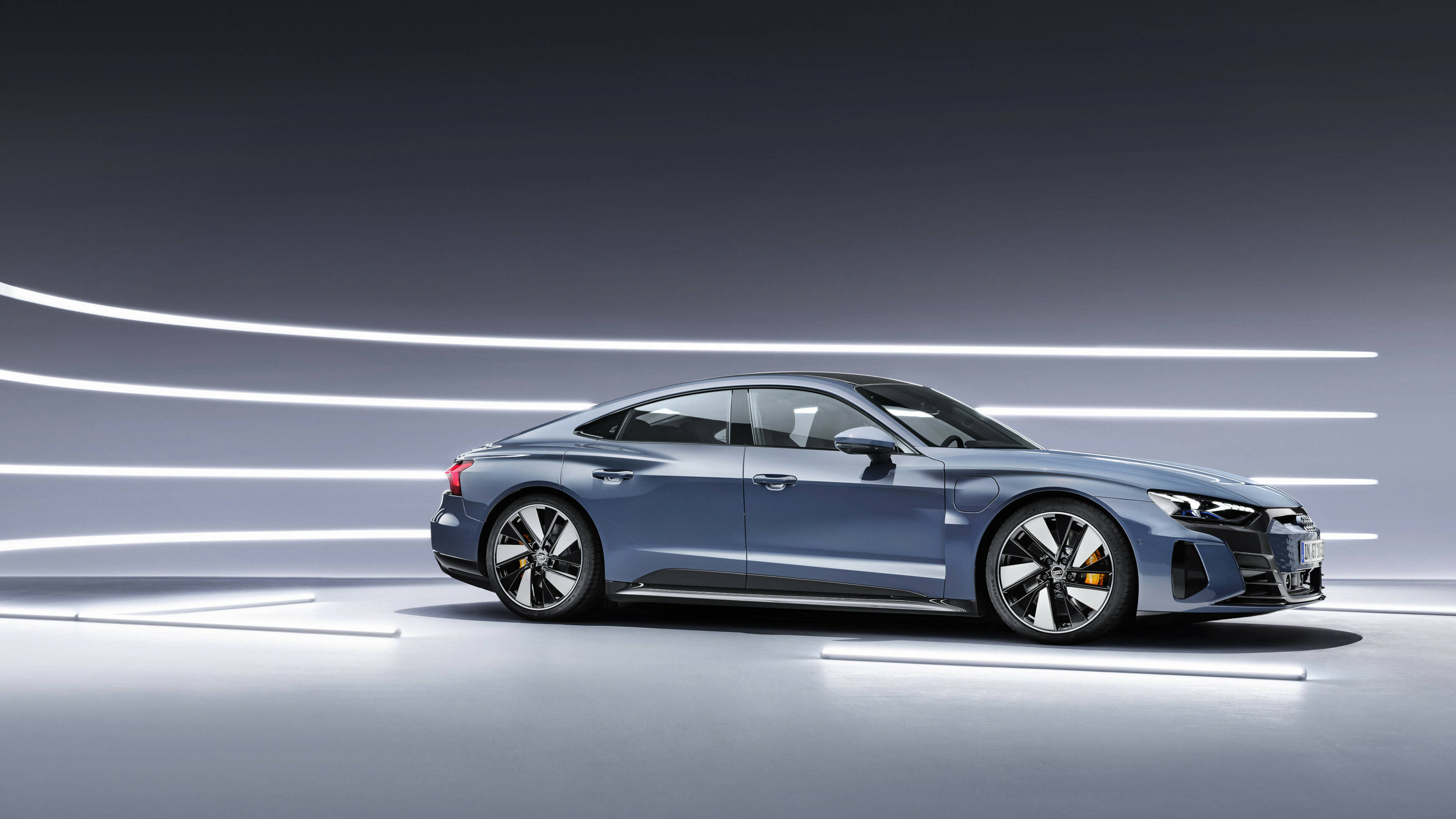 Audi e-tron GT quattro still pushes all the right buttons. But what happens next?
Audi e-tron GT quattro still pushes all the right buttons. But what happens next?Life behind the wheel of Audi’s elegant electric GT, plus a short history of the company’s e-tron series, from concept through to production
By Jonathan Bell